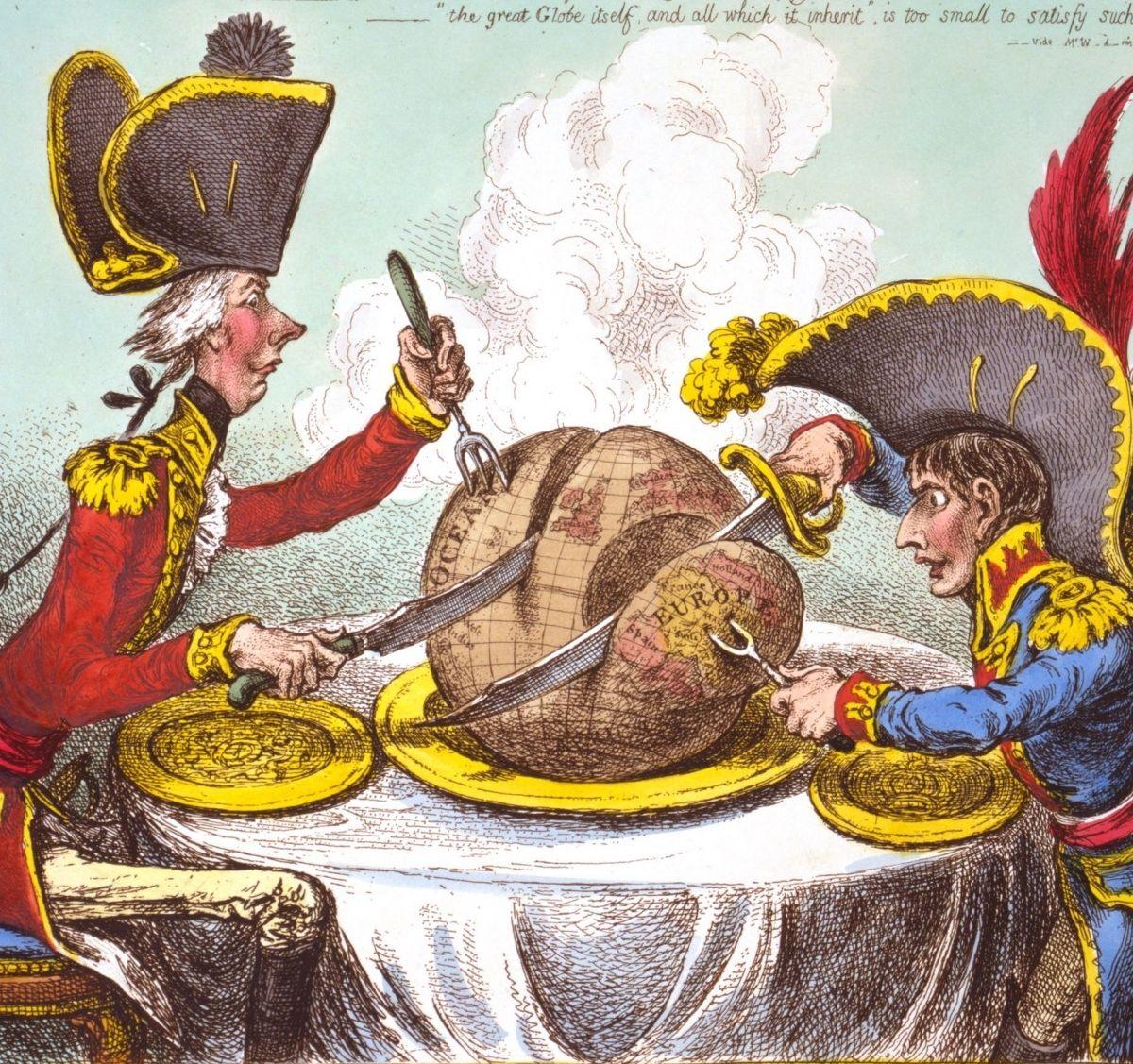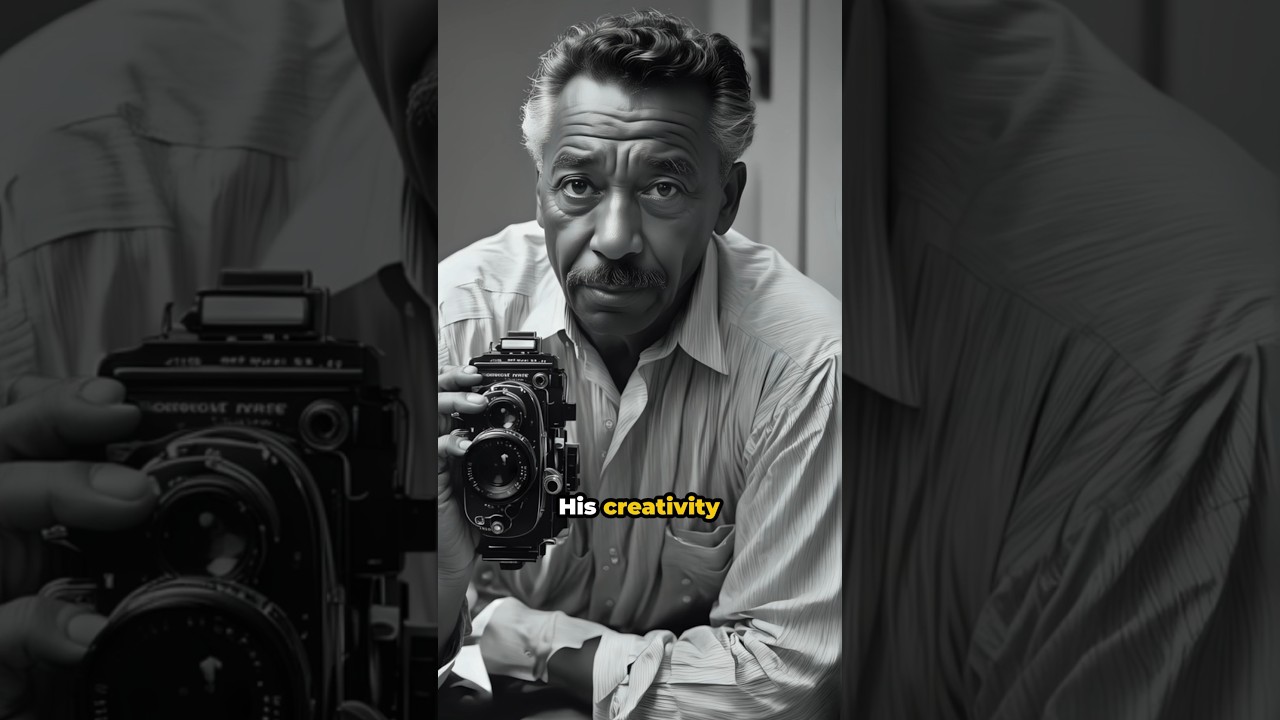
Colonial Conquest: Tracing Europe’s Swift Seizure of Africa
In our latest blog post, we delve into a gripping historical saga captured in the educational YouTube video titled “Colonial Conquest: Tracing Europe’s Swift Seizure of Africa”. It’s a tale of dramatic shifts and strategic maneuvers, a window into the rapid expansion of European powers across a continent that stood at the crossroads of change. From the artistic cartography to the booming cannons of imperialism, the video unfolds European colonialism’s final and most astonishing chapter.
The year 1800 marked a world where European control was significant but not yet absolute, with roughly 35% of the globe under its sway. Fast forward to the eve of the First World War in 1914, and European dominance rocketed to a staggering 84%. How did such an isolated set of countries succeed in casting such a long shadow across the world? Our blog post delves deeper into the narrative laid out in the video, exploring the confluence of technology, economic forces, and ideologies that catapulted Europe into a position of overwhelming influence.
We’ll explore the rise and evolution of colonialism, starting with Spain and Portugal’s early ventures, leading to the frenzied competition among burgeoning empires. Through the lens of “imperialism 2.0,” we’ll examine how Europeans didn’t just conquer new lands, but shaped global trade, language, and modern society itself.
Prepare to peer through the historical looking glass into a time that feels both distant and strikingly relevant, as this video demonstrates that our current world is deeply rooted in this astounding chapter of history. So join us as we dissect how maps were redrawn, fortunes were made, and the world was irrevocably changed by Europe’s colonial ambitions in Africa.
The Astounding Swift Seizure of Africa by European Powers
Introduction:
Welcome to Roots Afrikiko’s blog, where we bring you engaging summaries and analyses of our YouTube video content. In this post, we’ll dive into the latest video on our channel, providing you with a comprehensive overview of the key points discussed. Whether you’ve watched the video or not, we’ve got you covered with all the essential information you need. Let’s get started!
Body:
Unveiling the Beauty of African Traditional Attire
In this captivating video, our host takes us on a journey through the rich and vibrant world of African traditional attire. From the intricate beadwork of the Maasai tribe to the dazzling kente cloth of Ghana, viewers are treated to a visual feast of colors and patterns that showcase the diversity and beauty of African fashion.
The video also explores the cultural significance of traditional attire, highlighting how clothing choices often reflect a person’s heritage, social status, and even spiritual beliefs. Through interviews with designers and fashion experts, viewers gain valuable insights into the creative process behind crafting these timeless pieces.
Additionally, the video delves into the modern revival of African traditional attire, with a focus on the growing global demand for African-inspired fashion. From runway shows in Paris to red carpet events in Hollywood, African designers are making a splash on the international fashion scene, proving that traditional attire is not just a trend but a powerful form of cultural expression.
Conclusion:
this video offers a captivating glimpse into the world of African traditional attire, celebrating the beauty, diversity, and cultural significance of these timeless pieces. Whether you’re a fashion enthusiast or simply intrigued by different cultures, this video is sure to inspire and educate. Stay tuned for more insightful content from Roots Afrikiko, where we continue to explore and celebrate the rich tapestry of African heritage.
Tracing the Evolution of Imperialism: From Early Colonialism to Imperialism 2.0
Introduction:
Welcome back to Roots Afrikiko’s blog, where we bring you the latest insights and analyses based on our YouTube video content. In today’s blog post, we’ll be diving into a thought-provoking video that explores the rich cultural heritage of African textile traditions. Join us as we unpack the key takeaways from this fascinating discussion.
Body:
In the video, expert scholars and artisans delve into the historical significance of traditional African textiles, highlighting the intricate techniques used to create these unique fabrics. From intricate weaving patterns to vibrant dyeing methods, each textile tells a story of heritage and craftsmanship passed down through generations.
One of the key points discussed is the importance of preserving these textile traditions in the face of modernization and globalization. As mass-produced fabrics flood the market, there is a growing concern that these age-old techniques may be lost to history. By celebrating and promoting African textiles, we can help ensure that these cultural treasures continue to thrive for years to come.
Another intriguing aspect of the video is the exploration of how African textiles have influenced global fashion trends. Designers from around the world are increasingly turning to African prints and motifs for inspiration, adding a touch of authenticity and cultural diversity to their collections.
Conclusion:
As we wrap up our analysis of this captivating video, we’re reminded of the power of storytelling through textiles. Each fabric carries with it a rich history and a deep connection to its creators, making it more than just a piece of cloth. We hope this blog post has inspired you to appreciate the beauty and significance of African textiles, and perhaps even inspired you to explore these traditions further. Stay tuned for more engaging content from Roots Afrikiko, where we continue to celebrate the diversity and resilience of African culture.
Technology and Cooperation: The Catalysts for Europes Dominance
Introduction
Welcome back to Roots Afrikiko’s blog, where we bring you the latest insights and analyses on the captivating YouTube videos you love. In this post, we delve into a thought-provoking video that explores the rich cultural heritage of Africa through traditional cuisine. Join us as we uncover the hidden gems and stories behind each dish, offering a glimpse into the vibrant tapestry of African culinary traditions.
Body
In this enlightening video, the host takes us on a culinary journey through the diverse landscapes of Africa, showcasing the unique flavors and ingredients that shape the continent’s gastronomic identity. From the spicy jollof rice of West Africa to the hearty injera of East Africa, each dish carries a rich history and cultural significance that reflects the traditions and values of its people.
Through captivating storytelling and mouth-watering visuals, the video highlights the beauty of African cuisine as not just a source of sustenance, but a celebration of community, heritage, and innovation. Viewers are invited to appreciate the intricate flavors and techniques passed down through generations, connecting them to the stories and experiences of those who prepare and enjoy these dishes.
Conclusion
As we wrap up this journey into the heart of Africa’s culinary landscape, we hope you’ve gained a newfound appreciation for the flavors and stories that make this continent so unique. Stay tuned for more captivating content from Roots Afrikiko, where we continue to explore the beauty and diversity of African culture through the lens of food. Thank you for joining us on this culinary adventure, and we look forward to sharing more stories with you soon. Stay curious, stay hungry, and stay connected.
Imperialisms Lasting Impact on Todays Global Landscape
Introduction
Welcome back to Roots Afrikiko’s blog, where we bring you engaging and informative content based on our YouTube videos. In this post, we’ll delve into the latest video on our channel, providing you with a summary and analysis to keep you informed and entertained. So, let’s jump right in!
Body
In our most recent video, we explored the rich history and cultural significance of traditional African dance forms. From the rhythmic movements of the Zulu dance to the energetic beats of the Azonto dance in West Africa, we took a deep dive into the diversity and beauty of African dance styles.
One of the highlights of the video was the showcasing of how dance is not just a form of entertainment in African societies but also a means of storytelling, celebration, and community bonding. Through intricate footwork, gestures, and expressions, dancers communicate a wide range of emotions and narratives that reflect their cultural heritage and experiences.
Furthermore, we shed light on the evolution of African dance in modern times, with traditional forms being fused with contemporary elements to create unique and dynamic performances that captivate audiences worldwide. This fusion of old and new showcases the adaptability and resilience of African cultures in the face of globalization and modernization.
Conclusion
our latest video on African dance forms was a celebration of the vibrant and soulful artistry that is deeply embedded in the continent’s cultural tapestry. We hope this blog post has provided you with a glimpse into the beauty and diversity of African dance, inspiring you to appreciate and explore this rich heritage further. Stay tuned for more exciting content from Roots Afrikiko, where we continue to showcase the best of Africa’s artistic expressions.
Final Thoughts
As we have explored the rapid conquest of Africa by European powers, it becomes clear that the transformation of the world map was not simply a result of natural progression, but rather a calculated and strategic endeavor driven by advancements in technology and a shift in imperialist ideologies. The story of European colonization is a complex and pivotal chapter in human history that continues to shape the world we live in today. It is a reminder of the lasting impacts of past actions and the importance of understanding our shared global history. Let us reflect on how the past has shaped our present and strive to create a more just and equitable future for all. Thank you for joining me on this journey through the intertwined histories of Europe and Africa. Until next time, remember to seek knowledge, question perspectives, and always remain curious about the world around you.
















